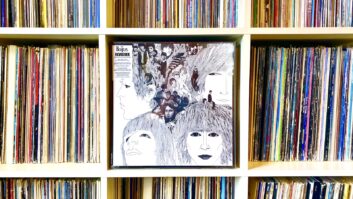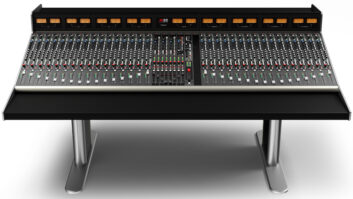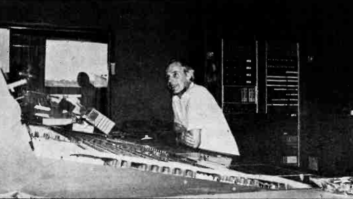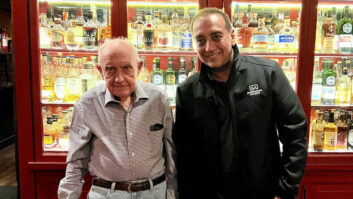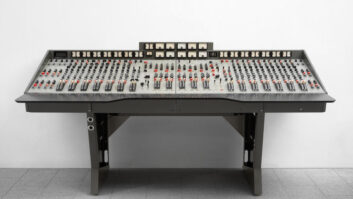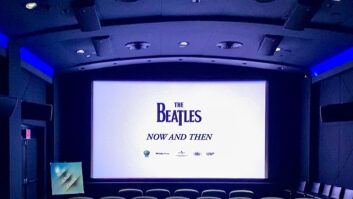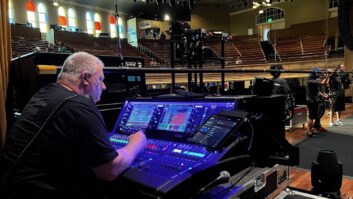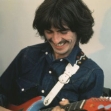
George Harrison: He Was Fab
In the endless post-mortems about George Harrison, I keep reading
about his “disastrous” 1974 tour of America. That’s not how I
remember it: I remember an incredible night at Madison Square Garden
where so many aspects of George’s genius came to the fore. He was
the gracious host, introducing Ravi Shankar, and then the master of
ceremonies and leader for his own sprawling set, featuring a cast of
dozens of great singers, guitarists, keyboardists, horn
players—it was a grand, somewhat chaotic, spiritual revue, where
George was more than happy to share the glory with everyone else
onstage. He seemed like a reluctant band leader, yet he was
unquestionably in charge. He was running away from The Beatles in those
days; sorry, but he was still Beatle George to most of
us—that was something would never escape. The Beatles were bigger
than all of them. Still are. But we followed him down whatever path he
took, and the trip was usually one worth taking.
How could you not love the guy who, in the film Hard Days
Night, refuses to be talked into endorsing a shirt because he
thinks it’s “grotty”? He had that Beatle wit in
spades—cynical, self-deprecating and slightly above the fray. He
had the arching eyebrows, the sly smile…he could be so serious,
yet there he was inserting a burst of laughter in “Within You Without
You,” and there was the mock grandiosity of “Piggies.” It was no
surprise when, later in life, his Handmade Films produced Monty
Python’s Life of Brian and the darkly comical masterpiece
Time Bandits. And who better to be in the Traveling Wilburys,
which was sort of an in-joke that turned out to be too brilliant stay
“in.” The bookends of that first Wilburys album—”Handle With
Care” and “End of the Line”—make a fine epitaph for George.
There’s been so much talk in the press about George living in
the long shadow of Lennon and McCartney, but I don’t think any of
us expected George to be Lennon and McCartney. He was always his
own man and that’s a lot of what we loved about him. There were
flashier guitarists, but few who could say as much with so few notes
and with such exquisite tone. His influence on an entire generation of
guitarists is incalculable. There were better singers than George, but
his voice had his personality, which was perfect for his
material. And then, there are the songs, classics and oddities alike,
each brilliant in its own way: “If I Needed Someone,” “I Need You,”
“Think for Yourself,” “Taxman,” “Love You Too,” “I Want to Tell You,”
“Within You Without You,” “Blue Jay Way,” “The Inner Light,” “While My
Guitar Gently Weeps,” “Piggies,” “Long, Long, Long,” “Savoy Truffle,”
“It’s All Too Much,” “Only A Northern Song,” “Old Brown Shoe,” “I
Me, Mine,” “For You Blue,” “Something,” “Here Comes the Sun”—that
would be a helluva compilation album and it only takes us through his
Beatles career. There would be many more high points in the
post-Beatles years, from the still-extraordinary All Things Must
Pass in 1970 to his last major solo release, the superb Cloud
Nine (1987), which included the fond but winking “When We Was Fab.”
It’s truly a legacy worth celebrating.
Blair Jackson is Mix‘s senior editor.
